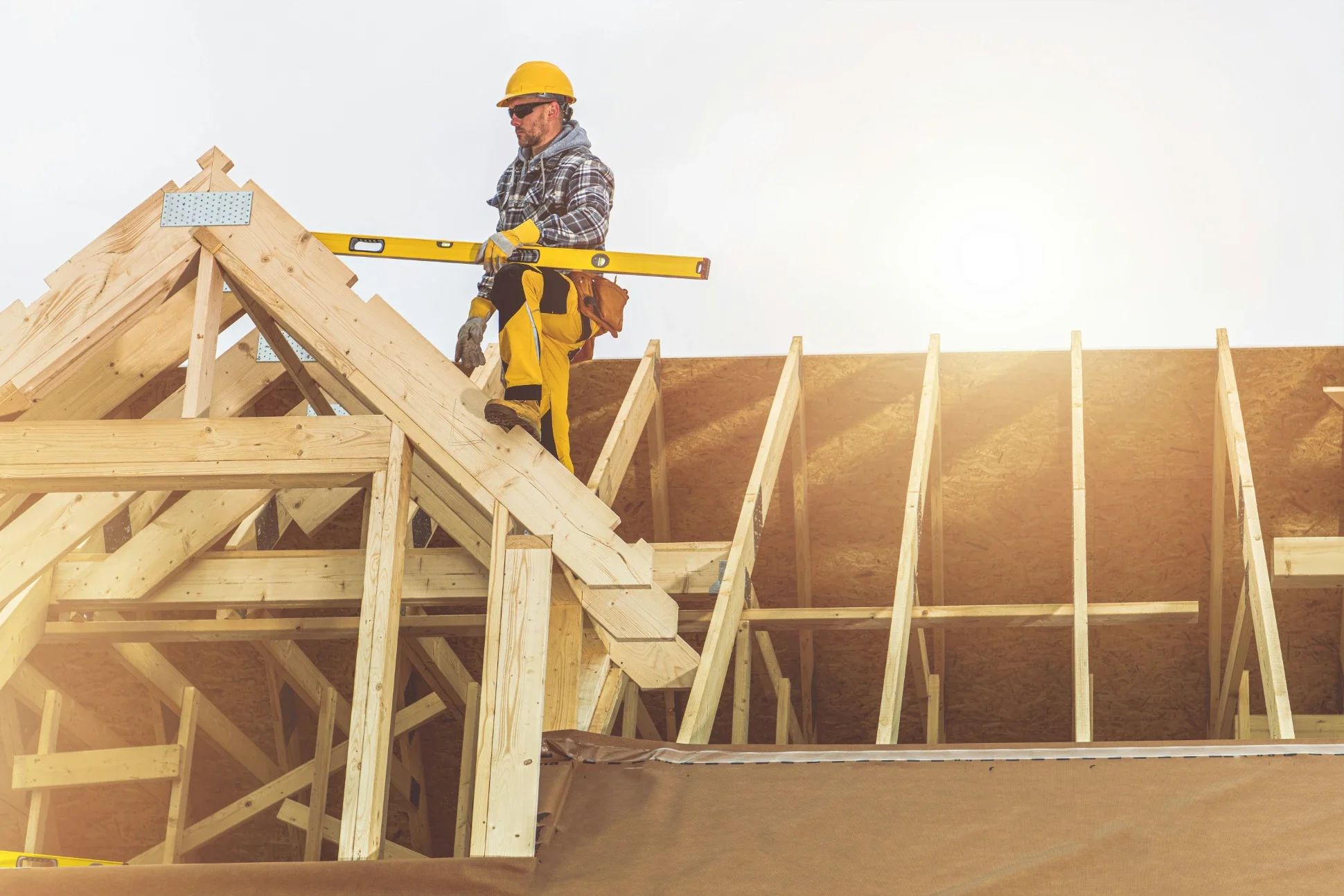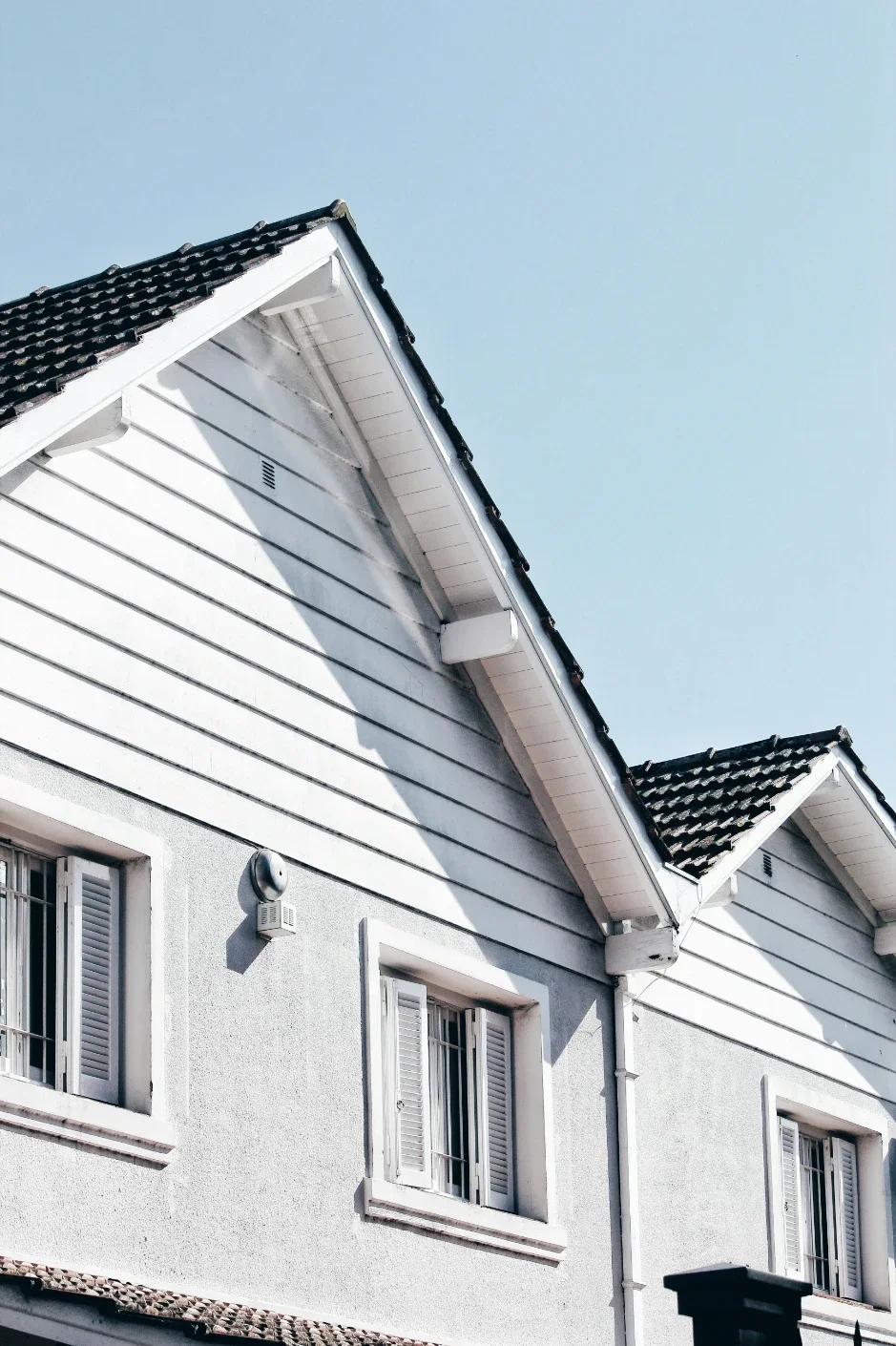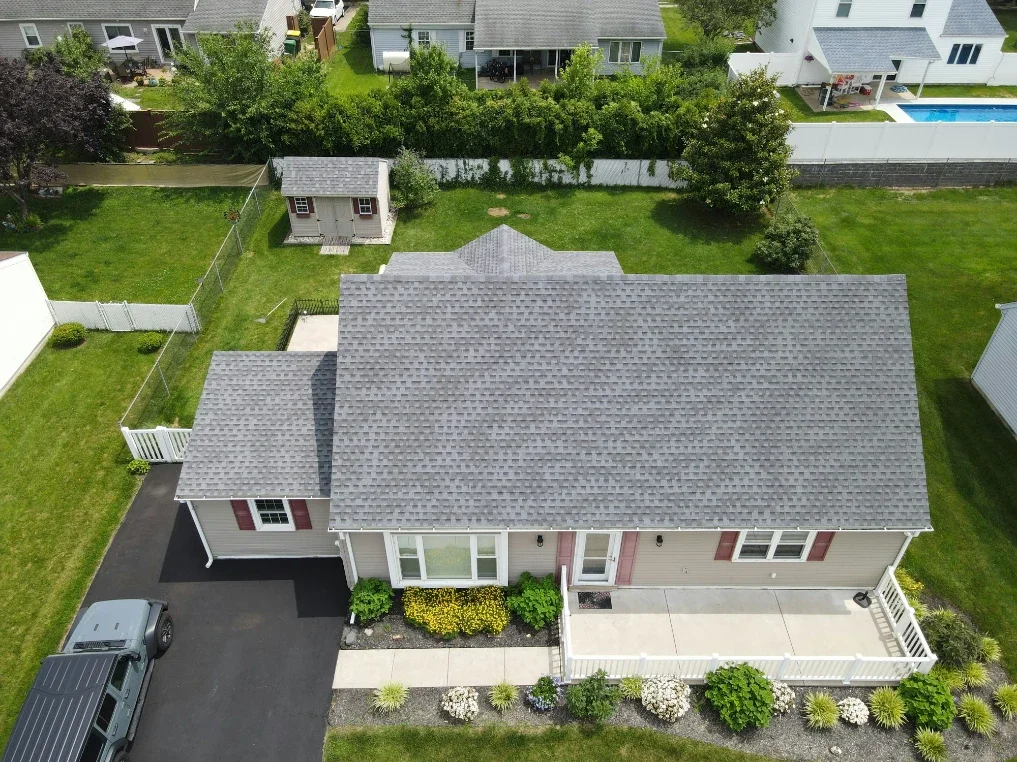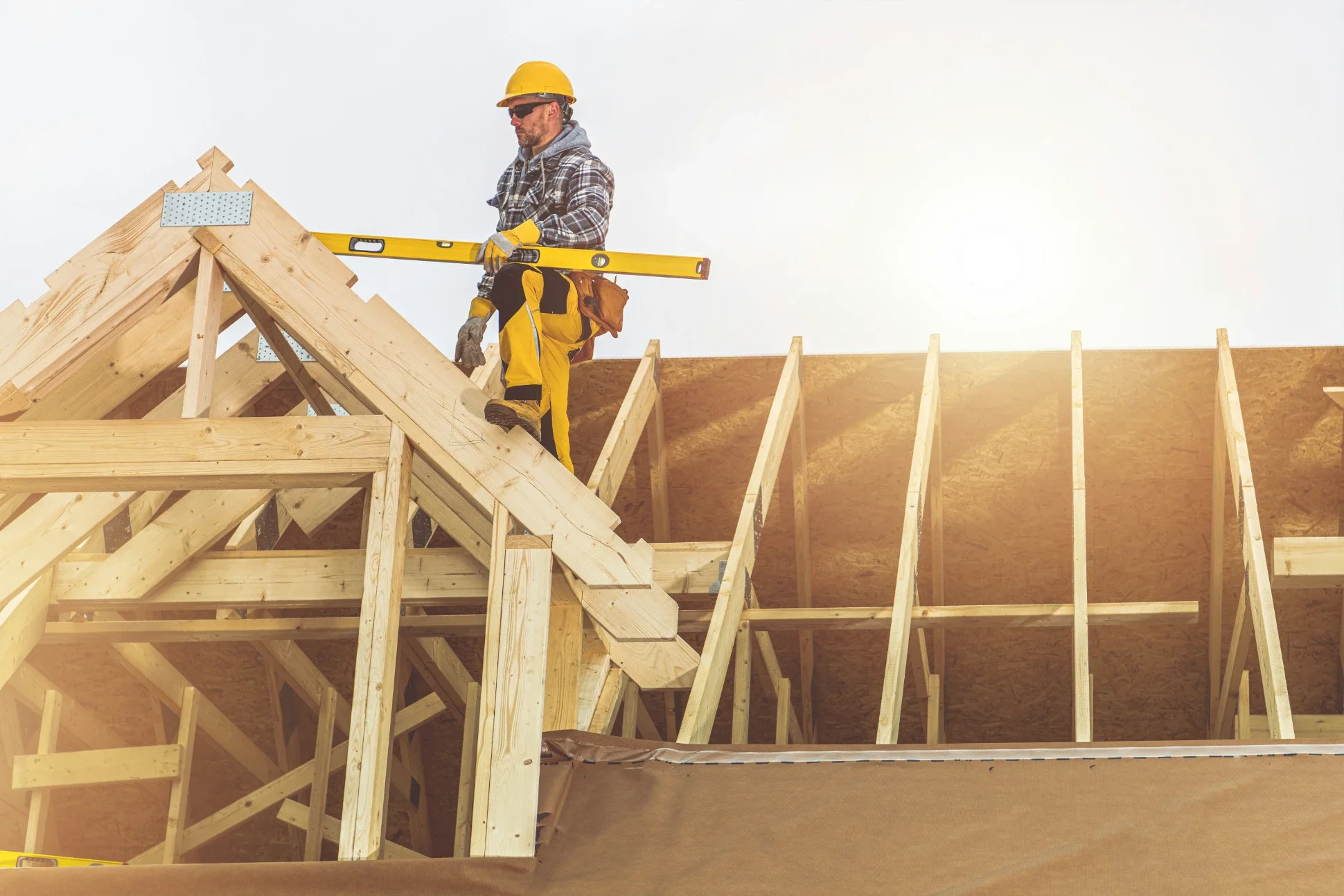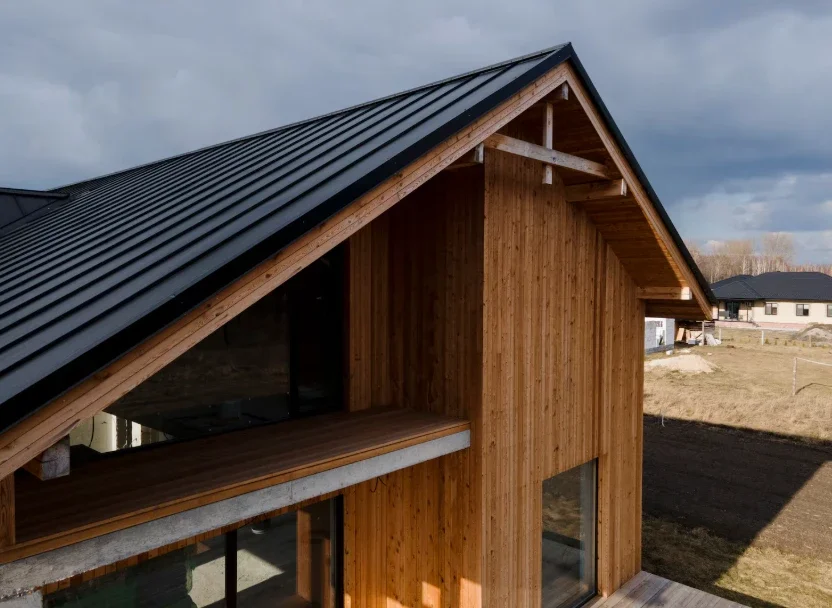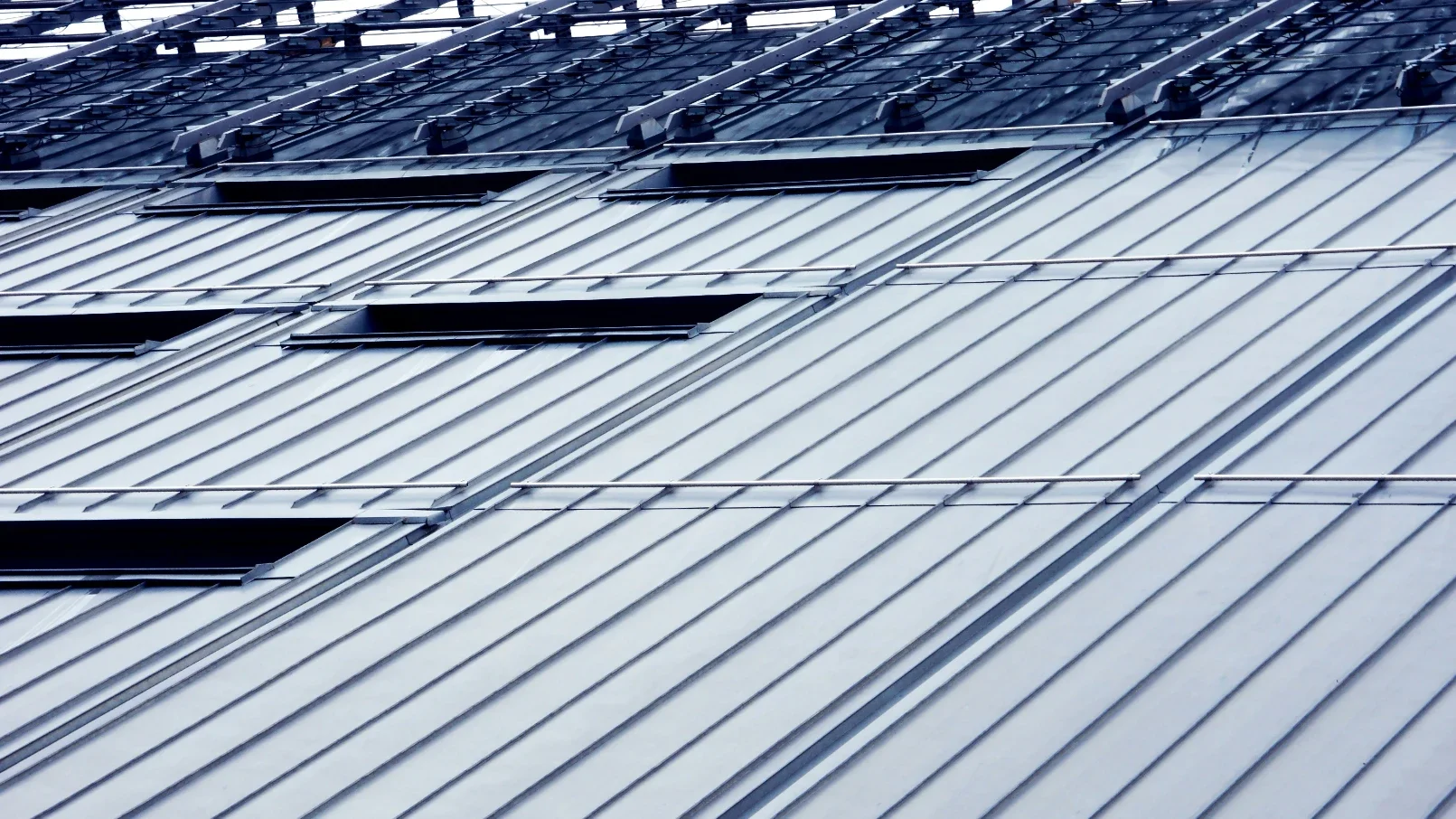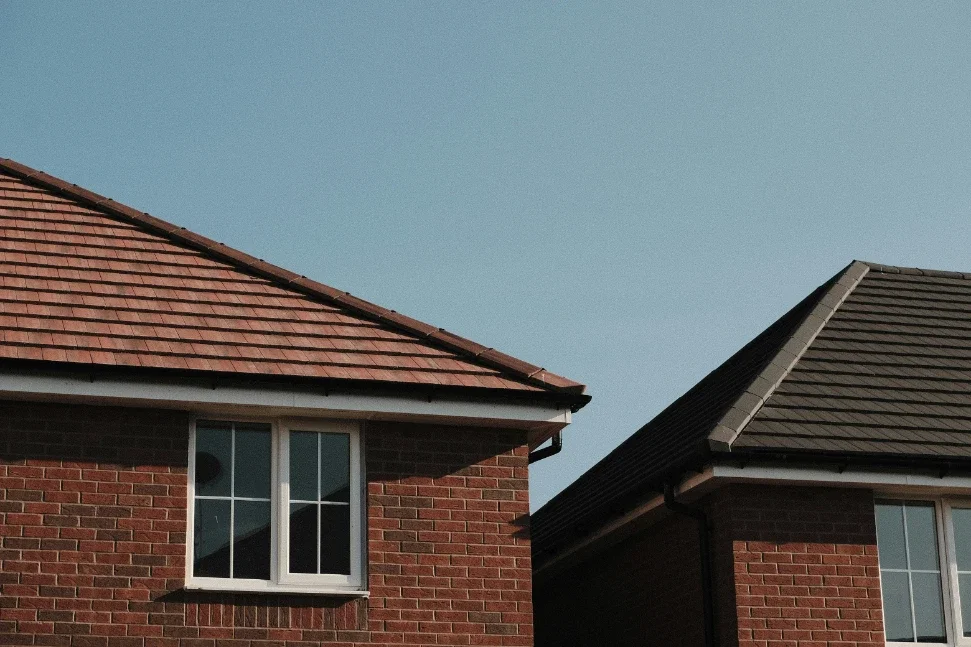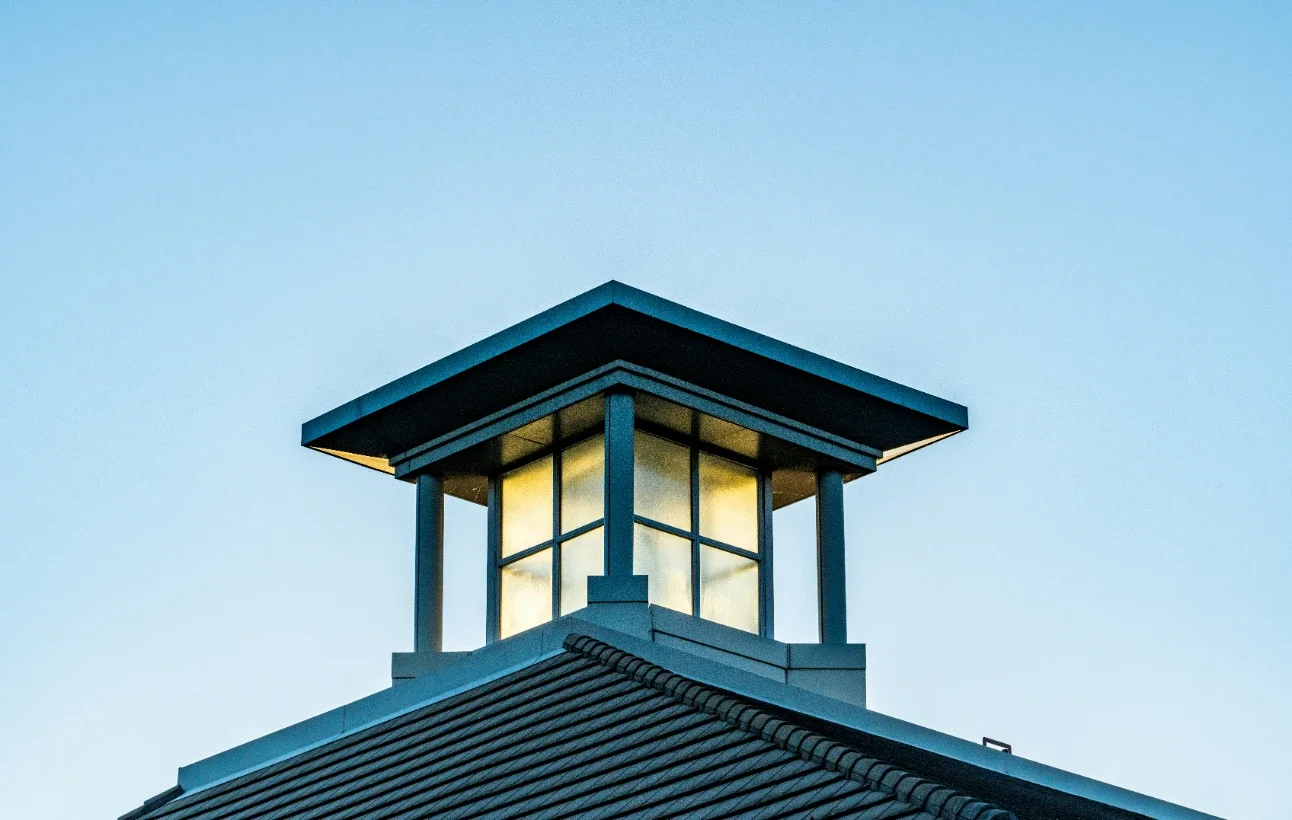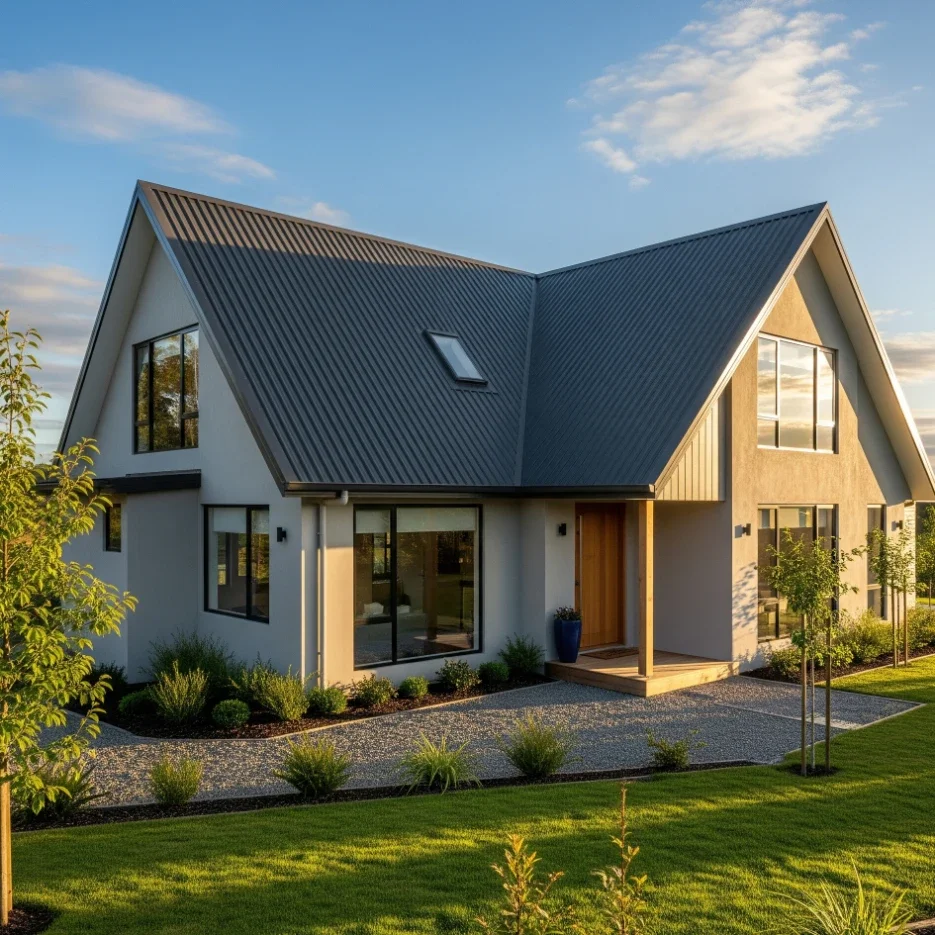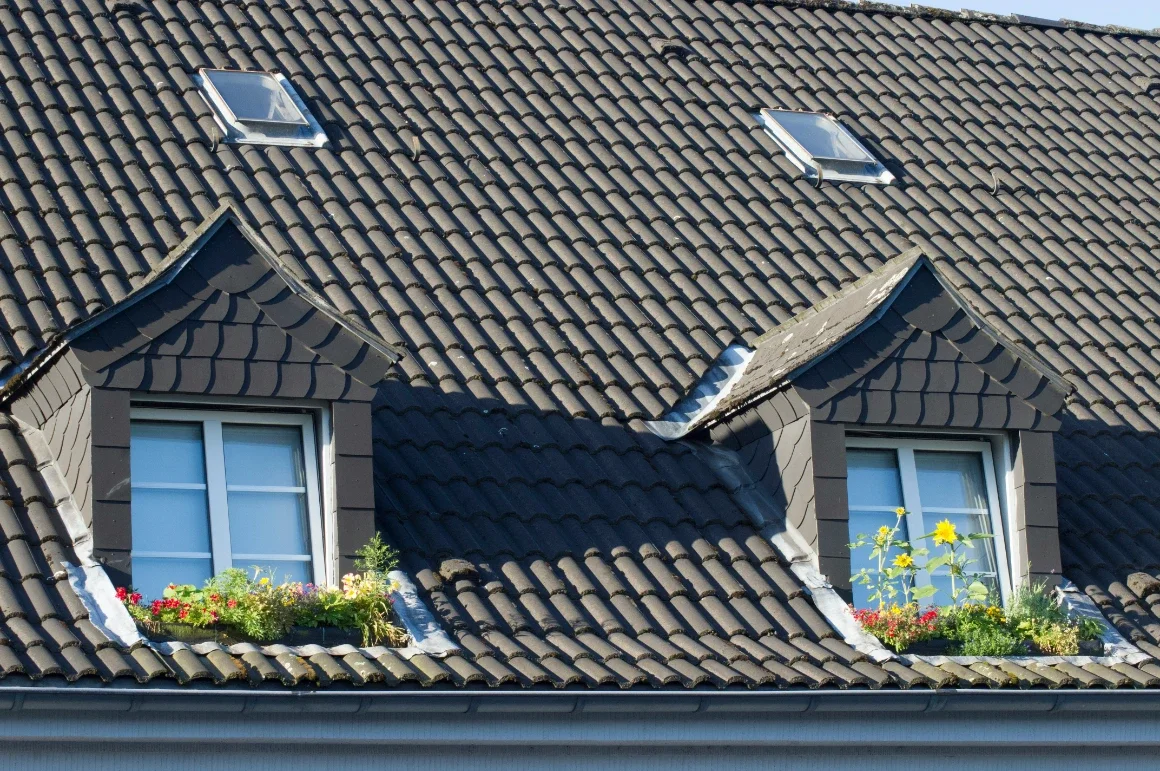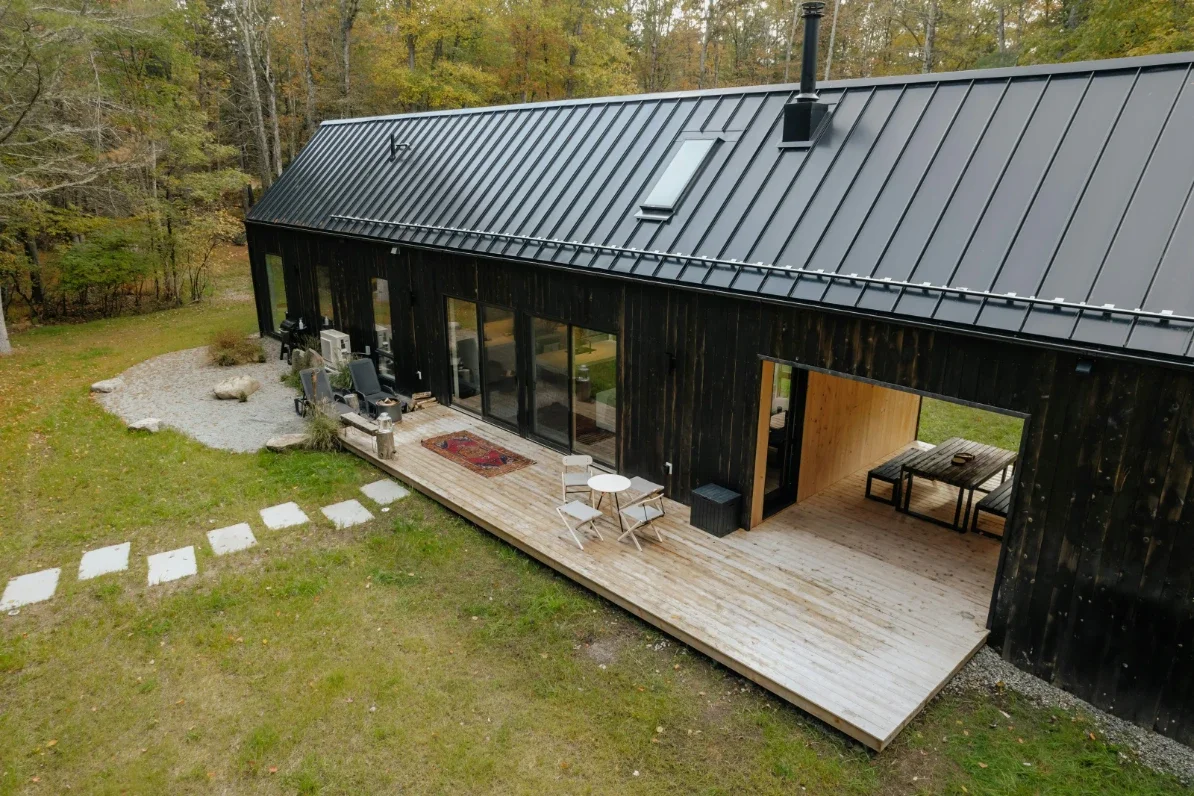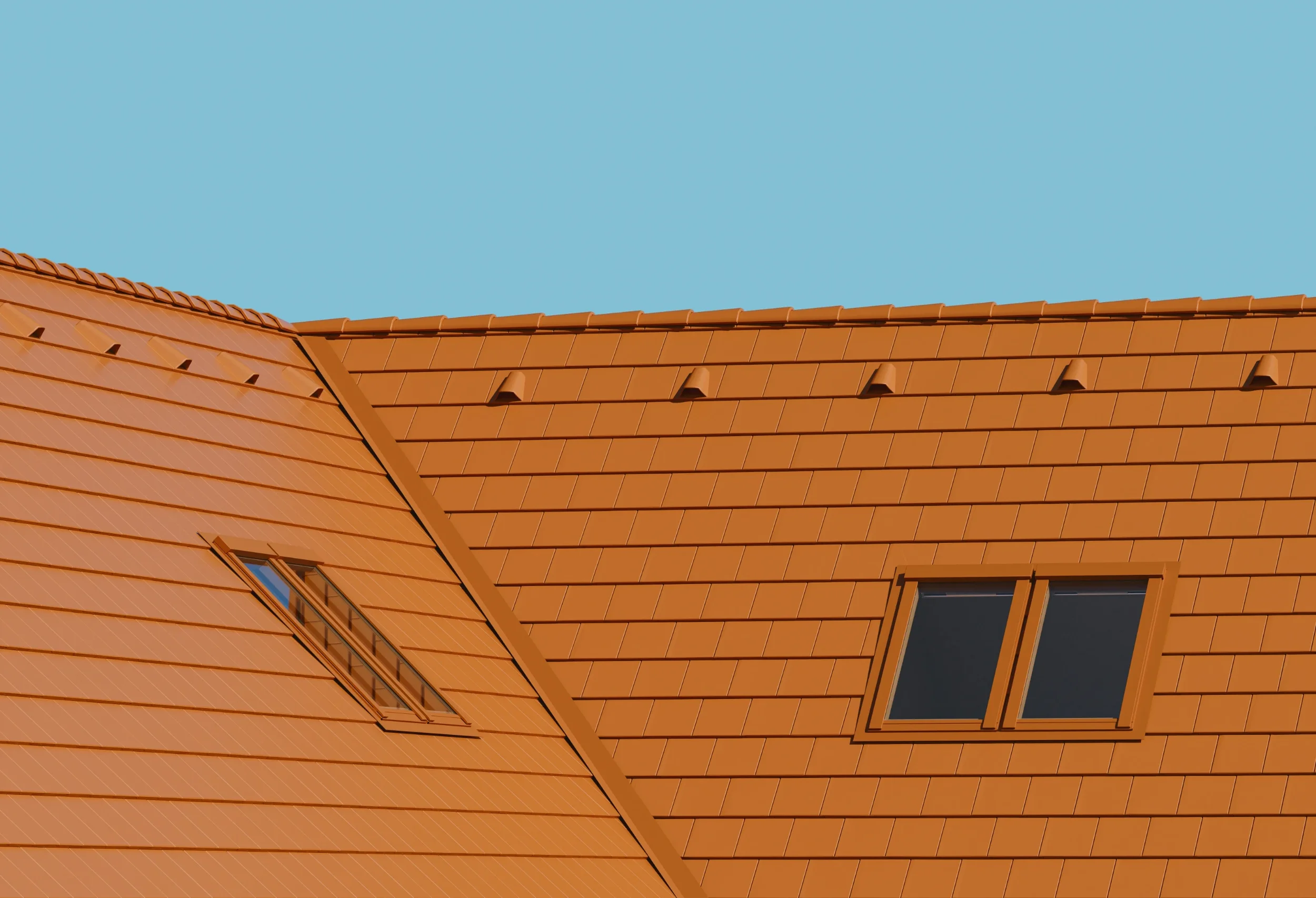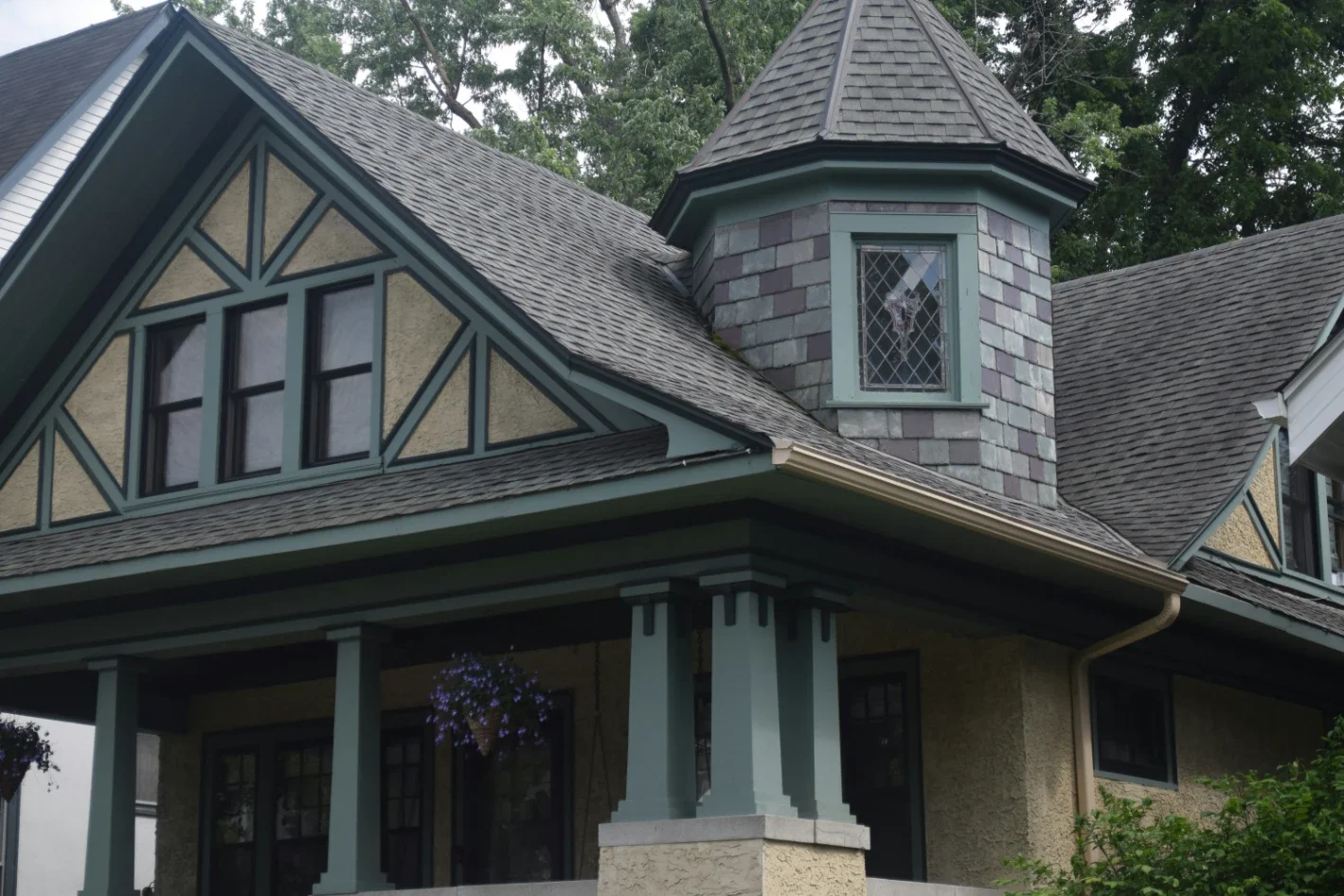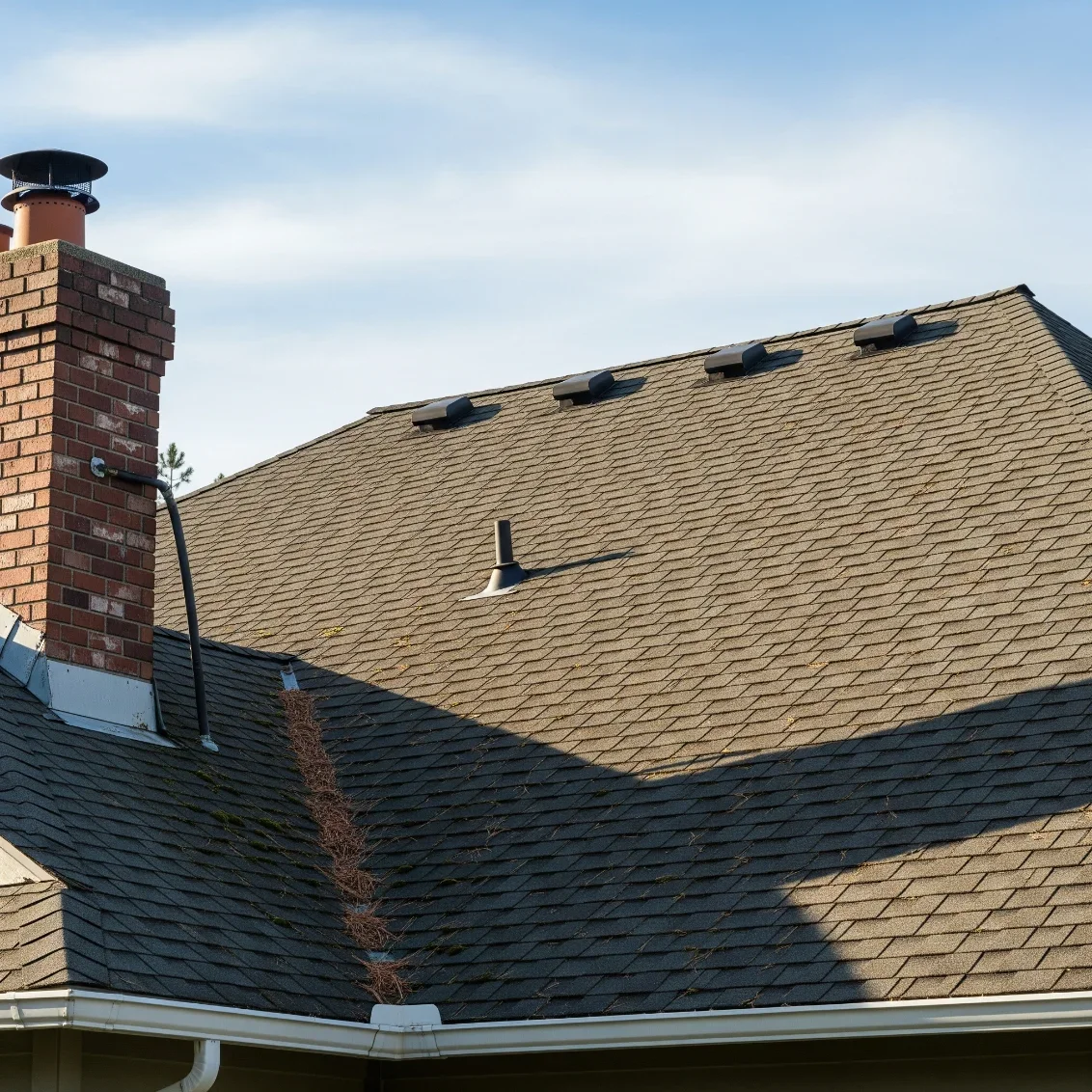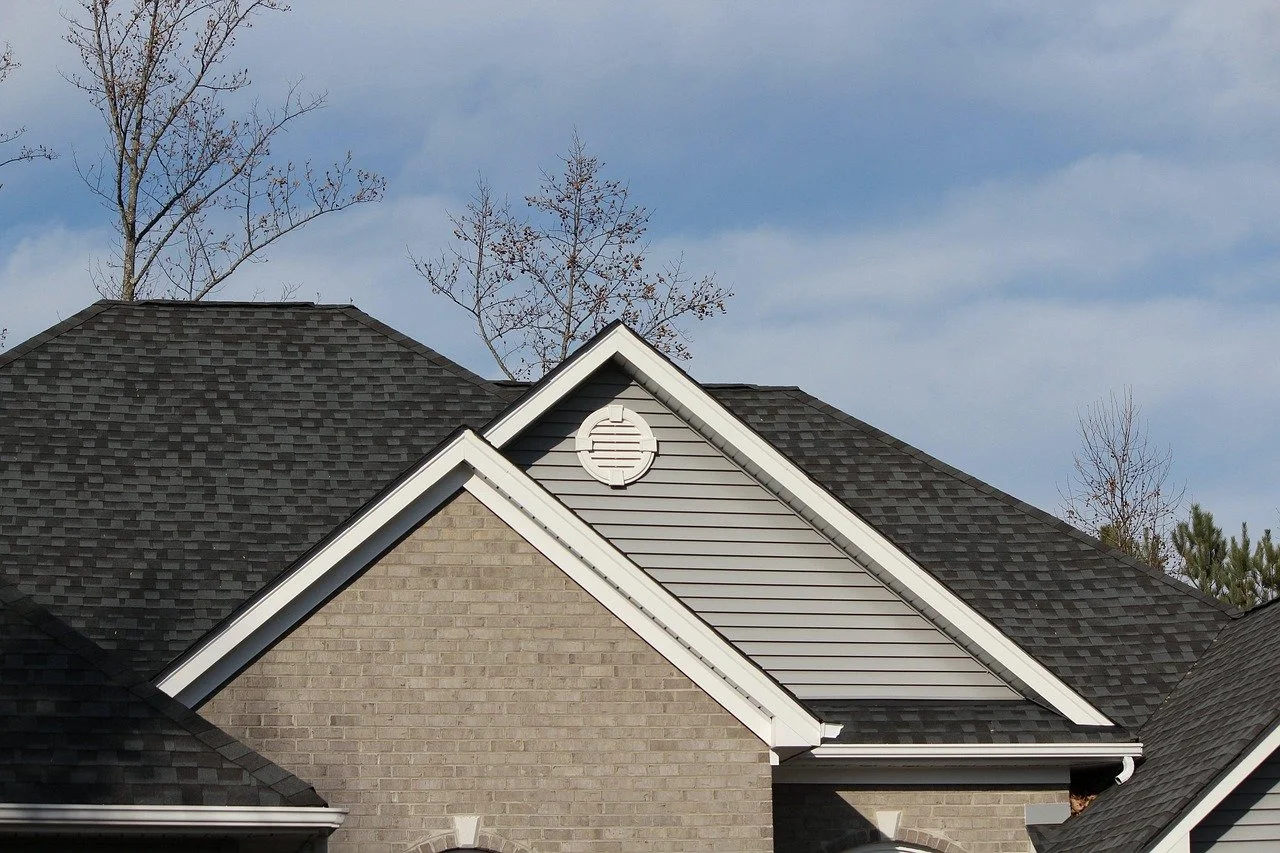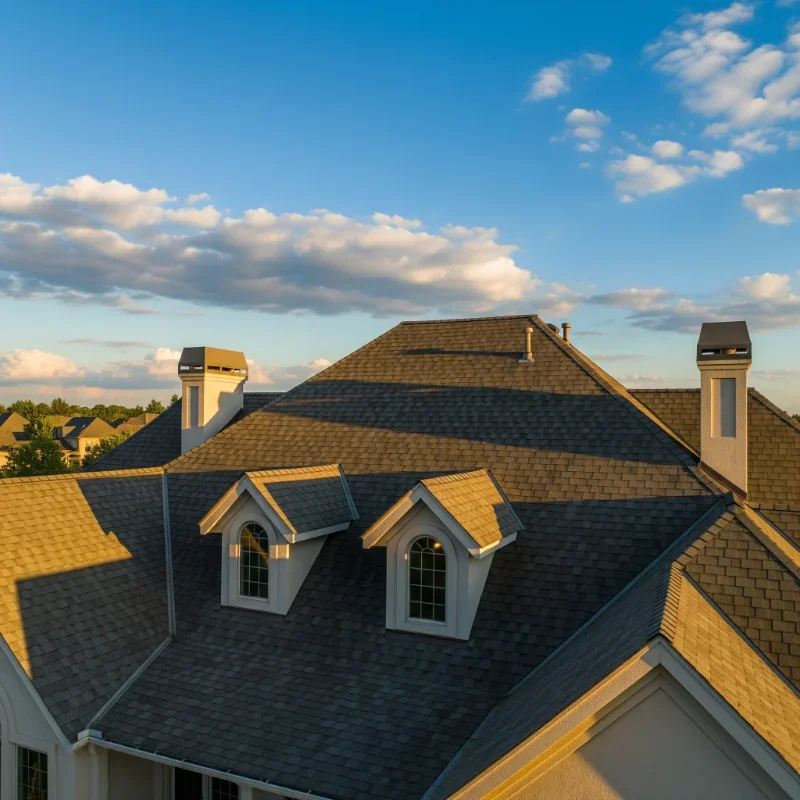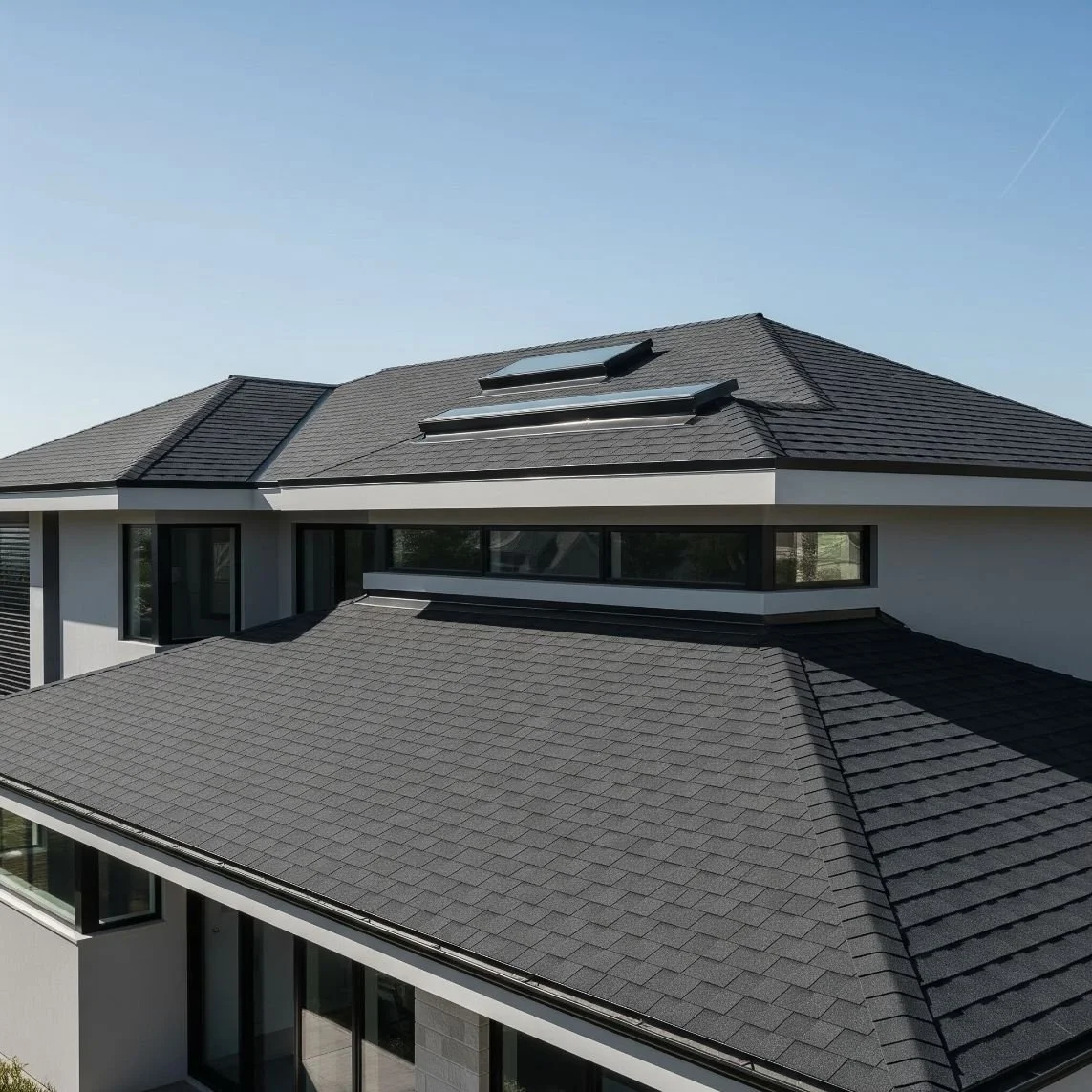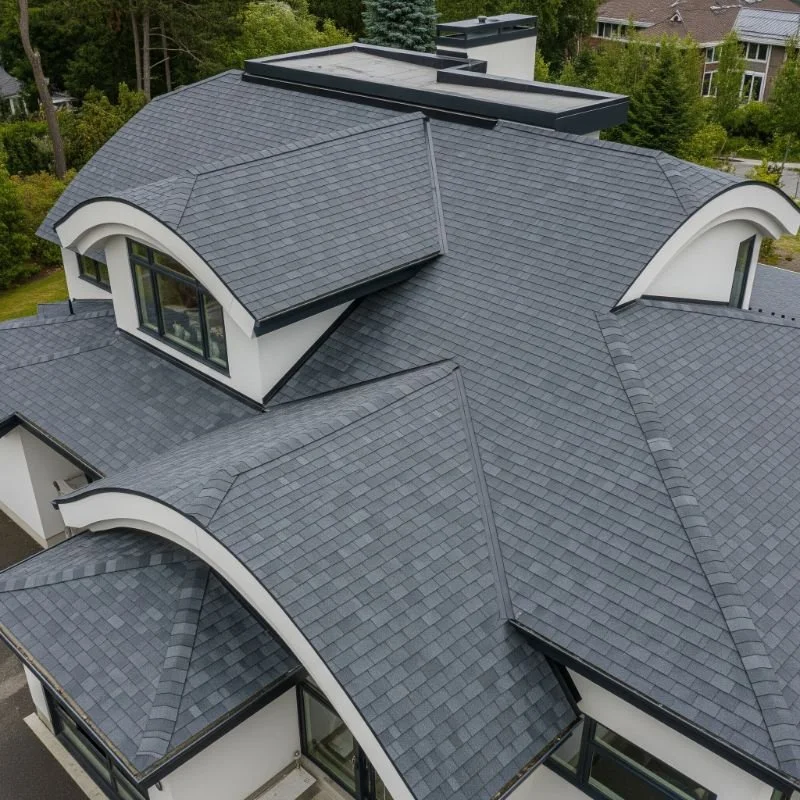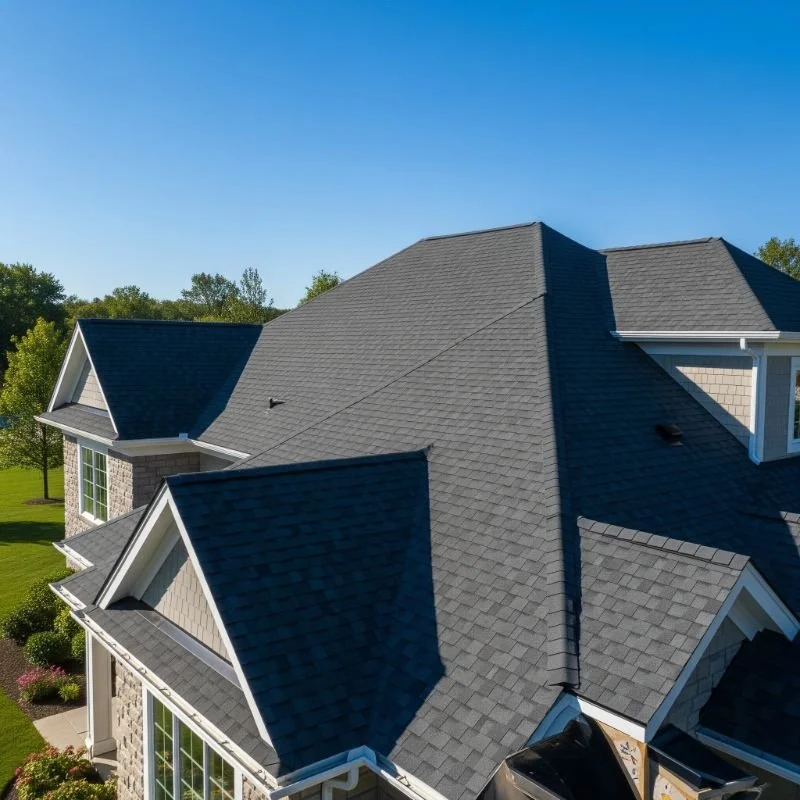Roofing Cost Estimates: Practical Tips and Industry Insights
Get accurate roofing cost estimates with expert tips and key industry insights to help you plan, budget, and choose the right materials for your home.
Key Takeaways
Material and labor costs have risen due to various economic factors, such as global supply chain disruptions and workforce shortages.
Technological advancements, including aerial measurements and CRM software, can lead to more accurate and efficient cost estimations, minimizing errors and speeding up quote delivery.
Understanding the components of a roofing estimate can help make informed decisions and provide leverage for negotiating the best deal with your chosen contractor.
Table of Contents
Factors Influencing Roofing Costs
Technological Advancements in Roofing Estimates
Understanding Your Roofing Estimate
Tips for Accurate Roofing Estimates
Conclusion
Planning a roofing project involves more than a few financial questions and uncertainties. Many homeowners find themselves overwhelmed by the variety of choices, fluctuating prices, and the technical jargon thrown around by contractors. Understanding what drives roofing costs and how to navigate estimates will save you time and money and a great deal of frustration. For homeowners looking to calculate the cost of a new roof, knowing standard practices and the latest industry advancements makes the process far less daunting and gives you a valuable head start in discussions with professionals. Understanding the factors that impact the final bill on your roofing project is crucial for informed decision-making. Rising material prices, evolving estimation technology, and changing labor conditions can alter costs. Recognizing these variables helps avoid hidden fees and keep your project on track. As innovations like aerial roof measurements and digital estimations become industry standards, accessing detailed, transparent quotes from reputable roofers is easier. However, navigating multiple contracts, deciphering technical language, and understanding different calculation methods can be challenging. By educating yourself on these trends and seeking clarity in your estimates, you can gain peace of mind, compare bids fairly, and uncover negotiation opportunities. Checking reputable construction-focused resources like Forbes Home's roofing cost insights can help verify claims made by contractors, provide context for regional price differences, and help you ask relevant questions. A well-informed homeowner is better equipped to ask pertinent questions and avoid scams or low-ball offers that underdeliver.
Factors Influencing Roofing Costs
Several major elements contribute to the cost of repairing or replacing your roof, making it essential for homeowners to know what to watch out for when comparing bids and evaluating options:
Material Prices: Over the past few years, costs have dramatically increased for roofing materials. The continued supply chain disruptions caused by global events and inflation have led to a 41% rise in asphalt manufacturing costs since 2020, translating directly to higher shingle prices for consumers. Material costs for other options, such as metal, tile, or eco-friendly membranes, have also climbed, impacting all roofing projects.
Labor Shortages: The construction industry faces a shrinking pool of skilled laborers. This shortage has increased wages and extended project timelines for residential and commercial roofing. With increased demand, professional roofers can command higher rates, and less experienced crews may cut corners to keep up, potentially affecting workmanship. It’s now more important than ever to verify a crew’s credentials and experience before hiring them.
Regulatory Changes: New codes and regulations—often updated to address environmental or safety concerns—can dramatically alter the scope of a roofing project. Certain areas may require special underlayments, stricter fastening methods, or multiple inspections, all of which can drive up the total cost. Homeowners in disaster-prone regions may face the highest increases, as codes are updated more frequently.
Technological Advancements in Roofing Estimates
Technology has drastically improved the accuracy and efficiency of roofing estimates, lowering the risk of human error and unnecessary delays that can lead to budget overruns. The two most notable advancements are:
Aerial Measurements: Modern roofers now rely on high-resolution satellite images or drone surveys to capture a roof's dimensions without setting foot on your property. This innovation allows estimators to take precise area and pitch measurements, even for complex or multi-story homes, minimizing costly measurement mistakes while enhancing safety and speeding up initial assessments.
CRM Integration: Contemporary estimation software often links measurements directly to customer records within Customer Relationship Management (CRM) systems. This streamlines the calculation process, boosts professionalism, and reduces the risk of misplacing data. By integrating aerial measurements into client profiles, contractors create more accurate job records and invoices. This speeds up quoting and ensures a higher level of consistency and accuracy across all projects, from single-family homes to larger commercial properties.
For a broader look at how digital solutions are reshaping home improvement and what the future may hold for homeowners and contractors alike, refer to the New York Times guide on roofing materials and tech trends.
Understanding Your Roofing Estimate
Selecting the right contractor and thoroughly knowing what’s included in your estimate will protect your investment and reduce stress during the project. A detailed, clearly-written roofing estimate should cover the following items:
Material Costs: Your quote should detail each material, from shingles and underlayment to flashing and sealants. Vague “lump sum” estimates can conceal excessive markups or omit vital components, potentially jeopardizing warranty coverage or performance after installation.
Labor Charges: Insist on a breakdown of work hours, crew size, and the detailed scope of labor. If your roof has a steep pitch or intricate design features like dormers or skylights, anticipate higher labor charges to accommodate additional safety measures and installation complexity. Clear documentation helps you understand where your money is going and how the price compares to other bids.
Additional Fees: Clarify whether your quote is comprehensive by asking if items like permits, disposal of old roofing, taxes, or contingencies for unforeseen repairs are covered. A reputable contractor won’t hesitate to itemize these fees, so you’re not caught off guard by last-minute charges. These extras can add up quickly in areas with complex permitting or landfill requirements, so knowledge is key.
Tips for Accurate Roofing Estimates
1. Obtain Multiple Quotes
Solicit at least three estimates from locally trusted contractors to gauge fair market pricing and weed out either unusually high or suspiciously low bids. Multiple quotes help you spot outliers and establish a regional baseline, ensuring you get competitive pricing without sacrificing quality or service.
2. Verify Contractor Credentials
Always check the contractor’s state license, insurance, and online reviews before agreeing to any project. Experienced, reputable roofers typically maintain strong portfolios and positive customer feedback. Don’t be afraid to ask for references or proof of recent, similar jobs—they should have nothing to hide.
3. Request Detailed Breakdowns
Don’t hesitate to ask for itemized documentation explaining every cost in your estimate. Reputable contractors will happily provide clear, written breakdowns, which allow you to spot potential savings, avoid unnecessary upcharges, and better compare competing bids. Written records also give you recourse if disputes arise over what was or wasn’t included in the project scope.
Conclusion
Understanding the shifting landscape of roofing costs and estimation technology empowers homeowners to confidently invest in their property without fear of being taken advantage of. You can avoid stress and unexpected charges by staying informed about material, labor, and regulatory variables and leveraging modern tools for accurate and transparent estimates. Take the time to clarify your quotes, compare multiple bids, and scrutinize every line item. This hands-on approach ensures accuracy and transparency, delivering greater value and long-lasting peace of mind while protecting your budget and home.
